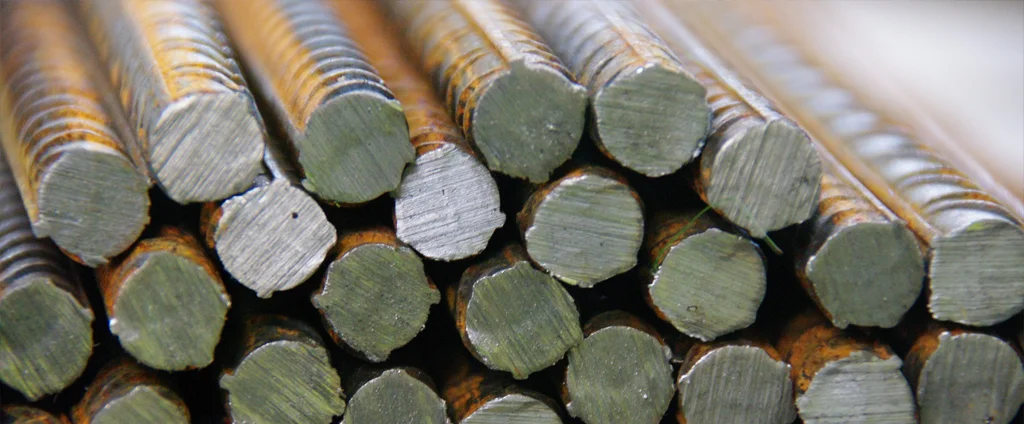Ductile Iron SAE J434c Grade D4018 (UNS F32800)

SAE J434c Grade D4018 is a ductile iron alloy designed for applications demanding a balance of strength, ductility, and good machinability. Commonly used in moderately stressed components, it offers reliable performance in both industrial and automotive settings, making it a versatile choice across various mechanical engineering sectors.
| Chemical Composition | ||
|---|---|---|
| Element | Min | Max |
| Iron | 90.73% | 94.17% |
| Carbon | 3.2% | 4.1% |
| Cerium | 0.005% | 0.2% |
| Chromium | 0.03% | 0.07% |
| Copper | 0.15% | 1.0% |
| Magnesium | 0.03% | 0.06% |
| Manganese | 0.1% | 1.0% |
| Molybdenum | 0.01% | 0.1% |
| Nickel | 0.05% | 0.2% |
| Phosphorus | 0.015% | 0.1% |
| Silicon | 1.8% | 3.0% |
| Sulfur | 0.005% | 0.035% |
The following table provides a list of SAE J434c Grade D4018 properties in both SI and US customary/Imperial units.
Click on the button to switch between Metric and Imperial units.
| Physical Properties | Metric |
|---|---|
| Density | 7100 - 7200 kg/m3 |
| Mechanical Properties | Metric |
| Tensile Strength (Ultimate) | ≥ 414 MPa |
| Tensile Strength (Yield) | ≥ 276 MPa |
| Brinell Hardness | ≤ 170 |
| Knoop Hardness Converted from Brinell | 189 |
| Vickers Hardness Converted from Brinell | 177 |
The values in this table are approximate and can vary depending on various factors such as the specific manufacturing process and heat treatment applied to the alloy.
Advantages & Disadvantages of Iron J434c Grade D4018
| Advantages | Disadvantages |
|---|---|
| Good strength | Can be expensive |
| Good ductility | Can be difficult to weld |
| Good machinability | Can be prone to cracking |
| Wide range of applications |
Applications of Iron J434c Grade D4018
SAE J434c Grade D4018 is well-suited for a range of mechanical and structural uses where durability and machinability are key, including:
- Steering knuckles: Used in automotive suspensions because of its combination of strength and impact resistance, which can withstand the stresses encountered during vehicle operation while maintaining dimensional stability.
- Engine blocks: Selected for its good thermal conductivity and vibration damping characteristics, which help reduce engine noise and maintain structural integrity under thermal cycling conditions.
- Gearboxes: Used for housing and components due to its ability to withstand cyclic loading while maintaining precise tolerances through its excellent machinability and wear resistance.
- Machine tools: Employed in bases and frames because of its vibration damping properties and stability, which contribute to improved machining accuracy and surface finish quality.
- Agricultural equipment: Chosen for components like gear housings and structural parts due to its durability in harsh environments and resistance to impact loads encountered in farming operations.
- Construction machinery: Used in components requiring both strength and toughness, such as axle housings and boom attachments, where its fatigue resistance is particularly valuable.
